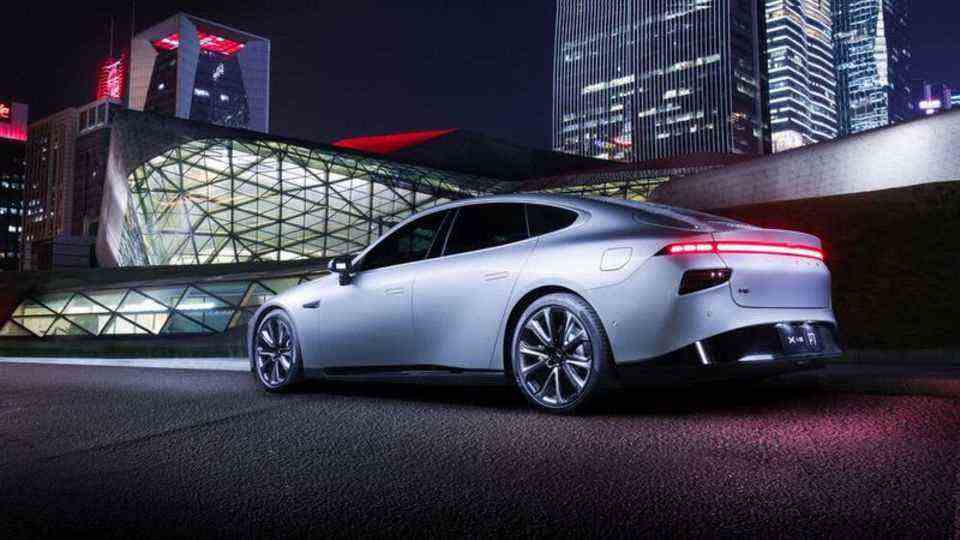exchangeable batteries
Full charge in one minute – the world’s largest battery manufacturer opens an exchange station
A module is hardly larger than a double garage
© CATL / PR
Replacing batteries instead of charging them yourself, this is the path taken by China’s car manufacturers. Battery manufacturer CATL has now opened its own exchange stations.
In Germany there are complaints about the sluggish expansion of the network of fast-charging stations, in China they are already further along. “We view the battery as a common product and not a consumer product for personal use,” said Chen Weifeng, general manager of CATL subsidiary Contemporary Amperex Energy Service Technology Ltd. The world’s largest battery manufacturer offers an electric vehicle (EV) battery replacement service called EVOGO. Here drivers can change their old car batteries within a minute. The battery maker will initially set up exchange stations in 10 cities in China, and users will be able to access the service via an app, Chen said.
open system
Chinese automaker FAW Group’s Bestune NAT multi-purpose vehicle will be the first vehicle with which the service will be compatible. Chen announced that more models will follow in the future. With this model, uncertainties associated with e-vehicles are taken away from the customer. The “challenge of range anxiety, the inconvenience of charging, and the high acquisition and travel costs” unsettle potential buyers, according to Cheng. China’s car manufacturers are generally pursuing the course of relieving customers of as many concerns and work related to the car as possible.
CATL is not the first company to offer exchange stations. The electric car manufacturer NIO has set up a network of 700 battery exchange stations since 2000. Here the owner of a NIO can change a fully charged battery within three minutes. Geely recently announced that the company will set up 5,000 battery swapping stations for electric vehicles worldwide by 2025.
With CATL, a supplier is now joining this circle. Here it will be possible to change the batteries of vehicles from several manufacturers. The manufacturer himself does not have to invest in the network of charging stations. But he also loses control over a central component of the electric vehicle. Technology, capacity, size and attachment points of the battery are defined by CATL.
Worry-free e-car
The system of changing stations offers several advantages. On the one hand, it builds on the experience gained at the gas station, whereby “change once” happens even faster than “fill up once” with a petrol engine. Tesla’s Supercharger takes about 15 minutes to charge up to a 350-mile range. The changeover time is significantly lower and independent of the changed capacity. Thinking on a social level, the power grid only has to be massively expanded at the switching stations and not over a large area in order to reach every charging station.
This system also eliminates an inherent price disadvantage of e-vehicles, which is blurred in Germany by the heavy subsidies. In the classic purchase model, the customer has to buy the battery and pay for it in one go, and that is significantly more expensive than the tank of a combustion engine. Added to this are the costs for a domestic charging station. Both are eliminated when changing the battery. In addition, the customer does not have to worry about the service life of his battery. Nor is it about technical progress: Anyone who buys an e-car today will find that their battery will still work in five years, but will be outclassed by new developments. With the CATL system, it is to be expected that batteries with better technology will simply be installed.





